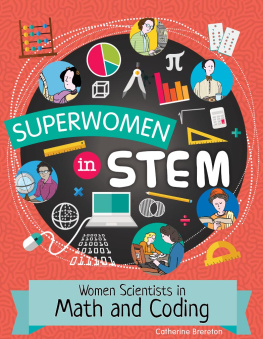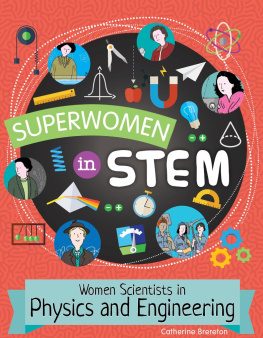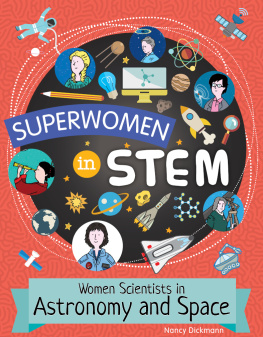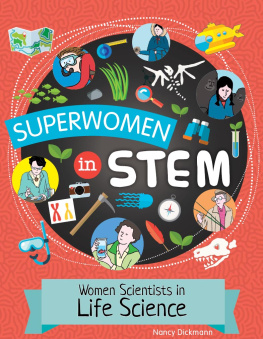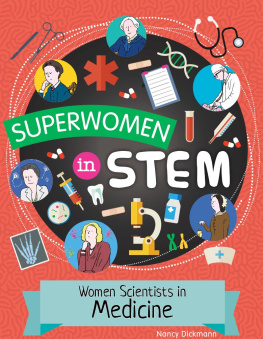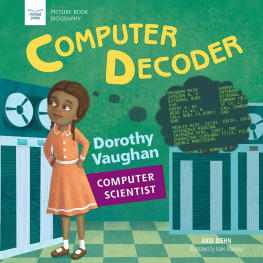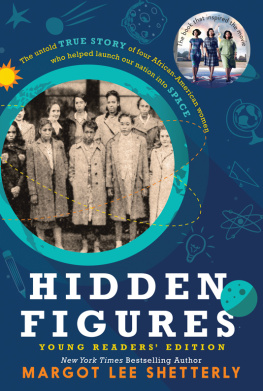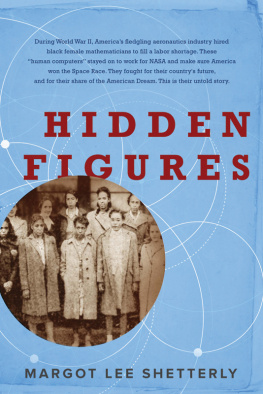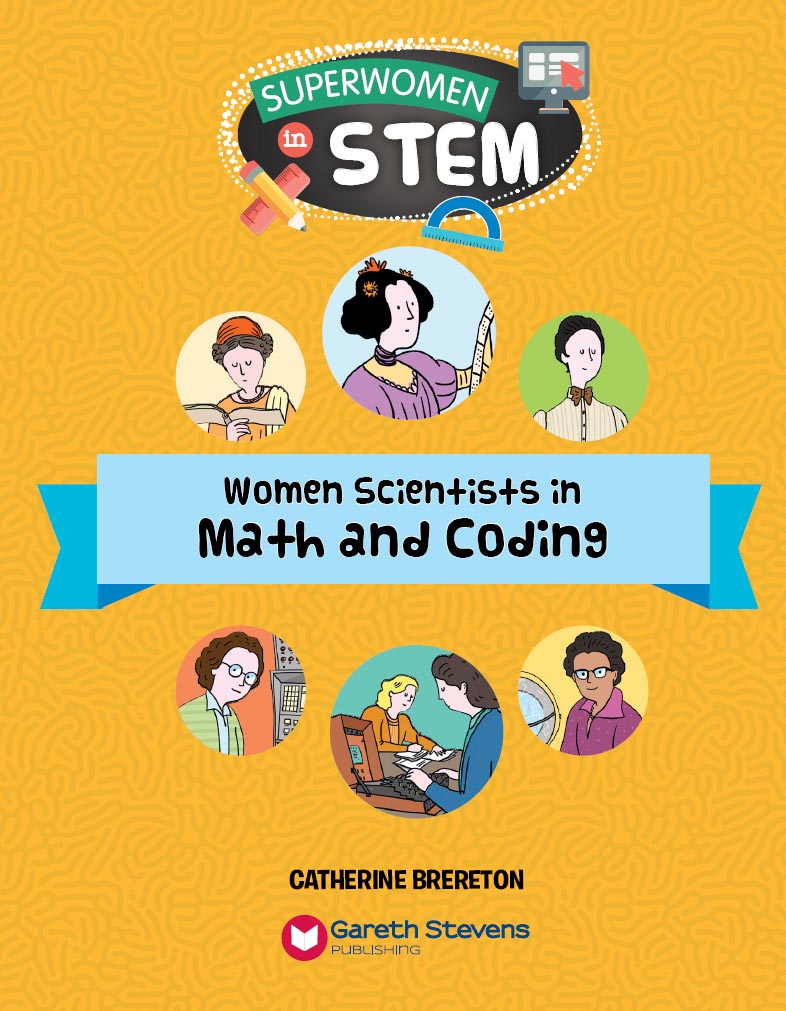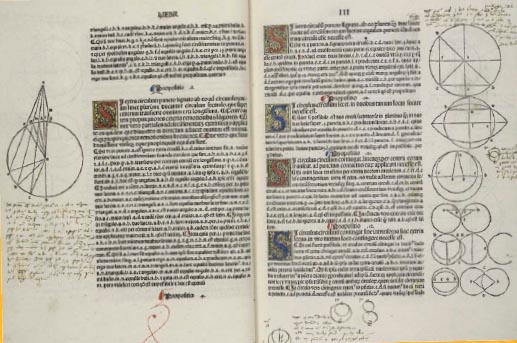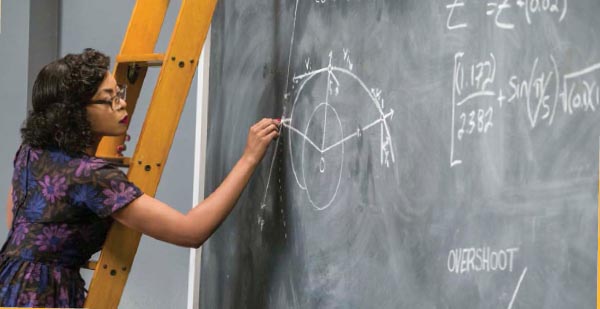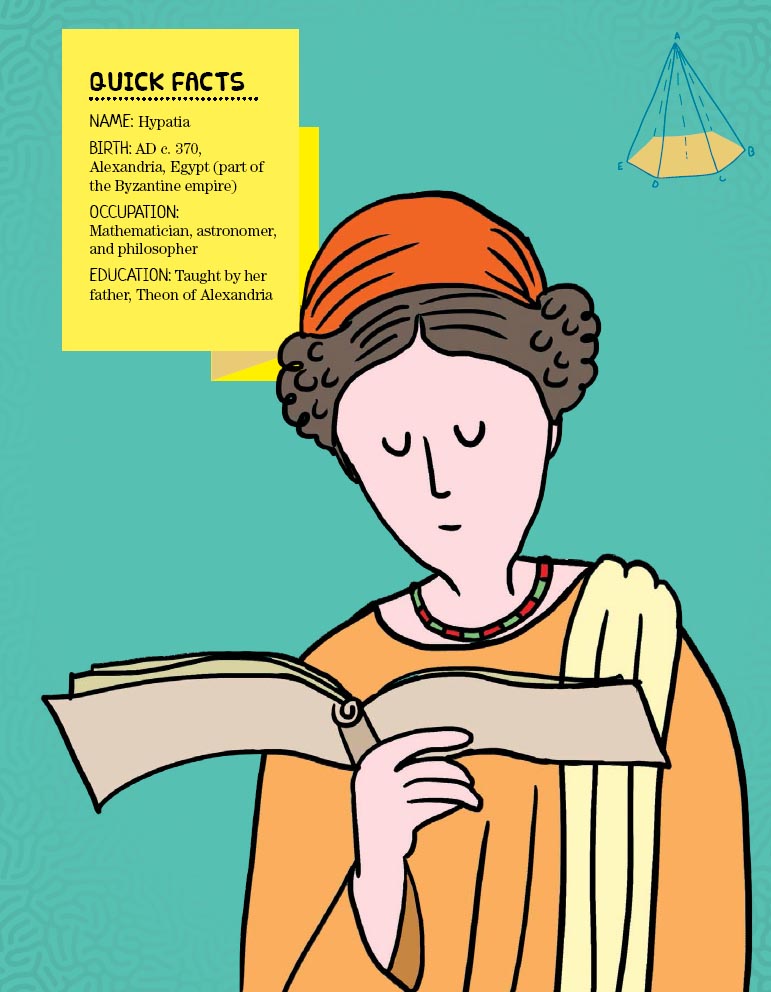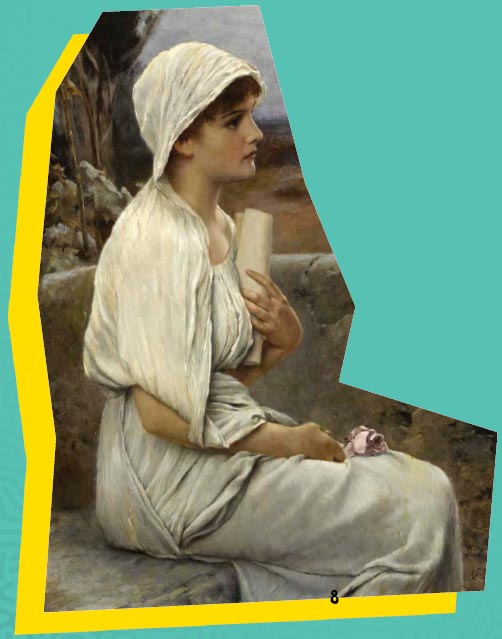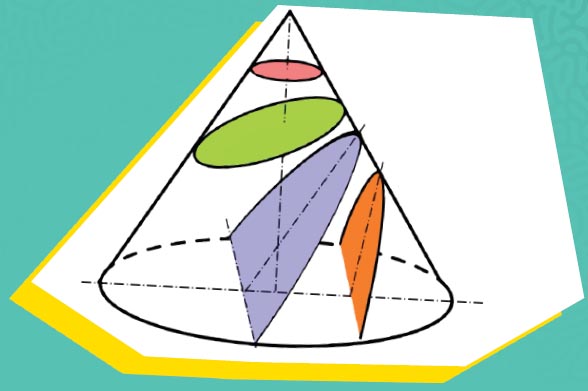Please visit our website, www.garethstevens.com.
For a free color catalog of all our high-quality books,
call toll-free 1-800-542-2595 or fax 1-877-542-2596.
Cataloging-in-Publication Data
Names: Brereton, Catherine.
Title: Women scientists in math and coding / Catherine Brereton.
Description: New York : Gareth Stevens Publishing, 2018. |
Series: Superwomen in STEM | Includes index.
Identifiers: LCCN ISBN 9781538214695 (pbk.) | ISBN 9781538214084 (library bound) | ISBN 9781538214701 (6 pack)
Subjects: LCSH: Women in science--Juvenile literature. | Women scientists--Juvenile literature. | Women in mathematics. Classification: LCC Q141.B74 2018 | DDC 509.2520973--dc23
Published in 2018 by
Gareth Stevens Publishing
111 East 14th Street, Suite 349
New York, NY 10003
Copyright 2018 Brown Bear Books Ltd
For Brown Bear Books Ltd:
Text and Editor: Nancy Dickmann
Designer and Illustrator: Supriya Sahai
Editorial Director: Lindsey Lowe
Childrens Publisher: Anne ODaly
Design Manager: Keith Davis
Picture Manager: Sophie Mortimer
Concept development: Square and Circus / Brown Bear Books Ltd
Picture Credits: Cover: Illustrations of women: Supriya Sahai. All icons Shutterstock: Zabrotskaya Larysa, Mix3r, kotoffei, NaughtyNut, vasabii. Library of Congress: .
Character artwork Supriya Sahai
All other artwork Brown Bear Books Ltd
Brown Bear Books has made every attempt to contact the copyright holders.
If anyone has any information please contact licensing@brownbearbooks.co.uk
All rights reserved. No part of this book may be reproduced in any form without permission in writing from the copyright holder, except by a reviewer.
Manufactured in the United States of America
CPSIA compliance information: Batch #CW18GS. For further information contact Gareth Stevens, New York, New York at 1-800-542-2595.
Contents
Making Sense of Math
Hypatia of Alexandria
Ada Lovelace
Emmy Noether
The Bletchley Park Code-breakers
Grace Hopper
Katherine Johnson
Timeline
Gallery
Science Now
Glossary
Further Information
Index
Making Sense of Math
Math is everywhere. When we think about numbers, quantities, and shapes in the world around us, we are thinking about math.
F rom the earliest times, people have counted and calculated, investigated the relationships between numbers, and examined forms and shapes in nature. The ancient Babylonians wrote multiplication tables and geometrical exercises in around 1900 BC. In the fourth century BC, Platos Academy in Athens, ancient Greece, became the mathematical center of the world.
Euclid was an ancient Greek mathematician whose work has impact to this day. This is a medieval copy of his geometry book.
Katherine Johnson is a scientist who helped launch astronauts into space. Taraji P. Henson played her in the movie Hidden Figures (2016), above.
The work of ancient thinkers laid the foundations of math. These ideas are still taught today. Things really took off in the 1600s and 1700s, when many brilliant mathematicians were working. Isaac Newton and Gottfried Liebniz both invented theories of calculus, a branch of geometry that deals with how objects move and change. Some kinds of math are abstract, but math always has practical applications. Computer science grew out of the possibilities revealed by math. Coding is writing instructions for computers, and the instructions are written in mathematical language.
WOMEN IN MATH
Women have not always had the opportunity to study math, but where they have, they have excelled. The first woman mathematician, Hypatia, led the world of math way back in the 300s AD. Emmy Noether is considered to be one of the greatest mathematicians of all time. And it was a woman, Ada Lovelace, who invented the first computer program.
Hypatia of Alexandria
 Hypatia is the first known woman mathematician. She made great contributions to geometry and number theory and inspired future generations.
Hypatia is the first known woman mathematician. She made great contributions to geometry and number theory and inspired future generations.
H ypatia was born around AD 370 in the city of Alexandria, Egypt, which at that time was part of the Byzantine (Roman) empire. Alexandria was known for being a great place of learning. Its library was the largest and most important in the ancient world, and scholarship and philosophy were central to city life. Hypatias father, Theon, was a famous Greek scholar and mathematician, and the last known member of the Library of Alexandria.
STAR StUDENT
Theon made sure that his daughter grew up understanding their Greek culture and values, which included Greek teachings in math and astronomy. Hypatia became an expert in both. She overtook her father and made advancements in different areas of math. She became the leading mathematician of her time.
NEW LIGHT
Hypatia wrote reviews and explanations of her fathers work, and also had her own insights into geometry and number theory. In geometry, she worked on ideas of parabolas, hyperbolas, and ellipses, which are all kinds of curves. In number theory, she wrote reviews of the work of an earlier mathematician, Diophantes of Alexandria. She also wrote many textbooks. Hypatias thinking was greatly influenced by the classical Greek philosopher Plato (c. 428348 BC), who had laid the foundations of western philosophy and science.
None of Hypatias writings have survived, but she is mentioned in an ancient Byzantine encyclopedia called the Suda.
A portrait of Hypatia, painted in 1901.
Hypatias work on geometry probably included writings about the different curves inside a cone.
As well as her work on math theories, Hypatia came up with practical innovations too. She invented a new kind of hydrometer, an instrument that measures the relative density of liquids. She may also have invented the astrolabe, a kind of astronomical calculator.
WISE WOMAN
It was very rare for women at that time to receive an education at all, let alone to reach such heights of learning. Yet Hypatia was admired and respected. She was one of Alexandrias first female teachers she taught philosophy, following the ideas of Plato, as well as math. Known as the Egyptian wise woman, she had many loyal students and always attracted large audiences to hear her lectures. People even traveled from far countries to hear her speak.
A 10-mile (16 km) wide crater on the moon is named for Hypatia.
THE SCHOOL OF ATHENS
The philosophers of ancient Greece are respected as some of the most important thinkers of all time. In the early 1500s, the Italian painter Raphael created a wall painting showing many figures of Greek learning. Plato and Aristotle are thought to be in the center, but there is no definite list telling us who everyone is. It is possible that Hypatia is in the scene. There is a story that Raphael originally put her in the middle of the painting, but church leaders told him to remove her so he hid her out of the way!

